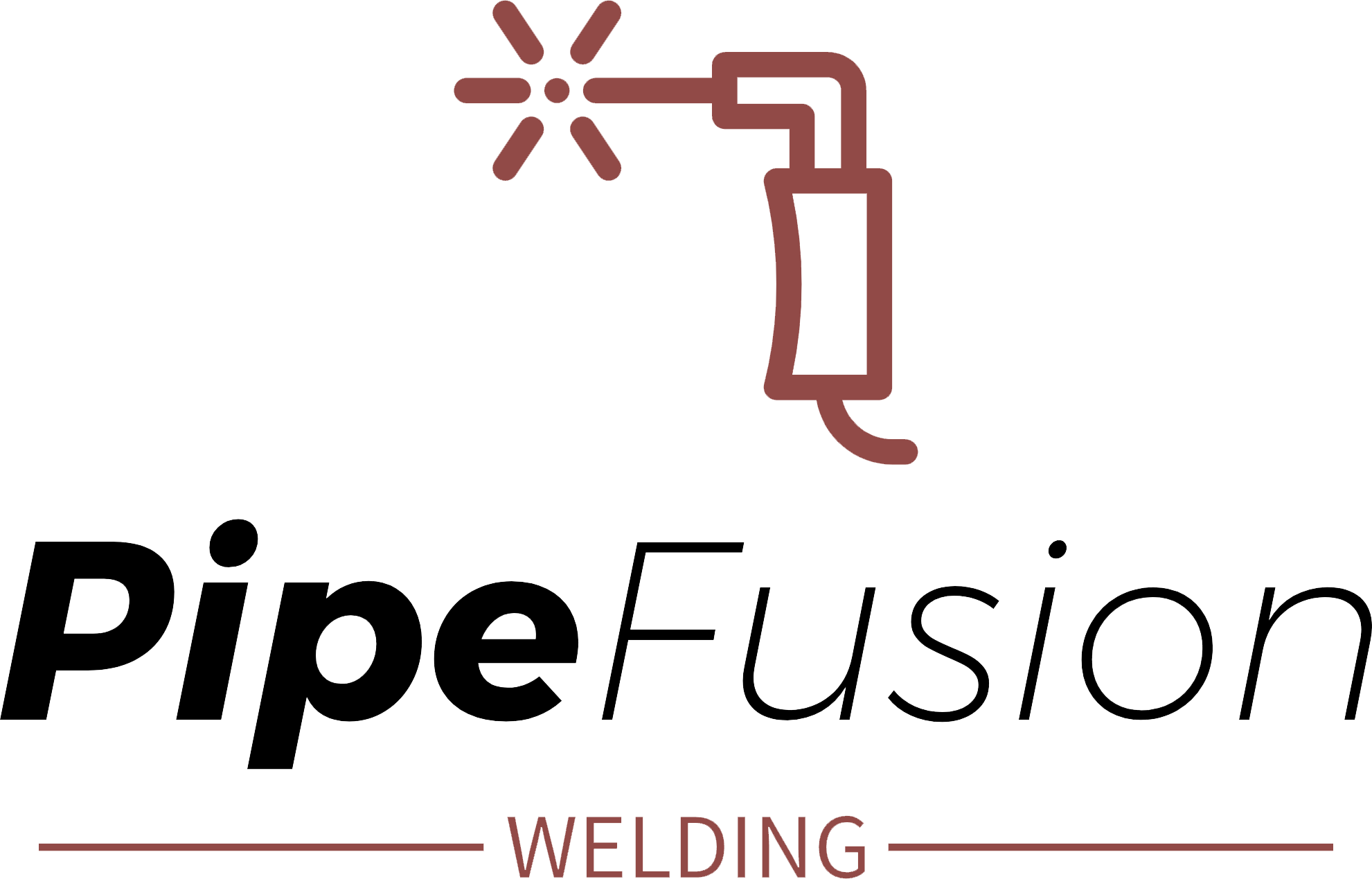Delivering reliable, long-lasting pipeline solutions is at the heart of what we do. One of the cornerstone techniques in our service offering is butt-welding—a precise, high-strength method of fusing pipe sections that plays a vital role in everything from water mains to high-pressure industrial systems.
Whether you’re working with utilities, chemical processing, or the oil and gas sector, butt-welding offers a robust and efficient way to join pipes with maximum integrity. In this article, we’ll explore what makes this method indispensable, where it fits in across industries, and how we combine it with other key services like hydrostatic pressure testing, chlorination, and electrofusion.
Contact Us
What Is Butt-Welding?
Butt-welding is a process used to permanently join two pieces of pipe by heating and fusing their ends together. This creates a seamless, full-penetration weld—often as strong, if not stronger, than the surrounding pipe itself.
We specialise in butt fusion welding, a method commonly used with thermoplastics like HDPE, as well as metals including carbon steel and stainless steel. It’s an ideal solution for critical applications requiring durable, leak-proof joints and long service life.
Key Benefits of Butt-Welding
The resulting welds provide exceptional mechanical strength. These joints can withstand high internal pressure, external forces, and environmental stresses without the risk of cracking or leakage.
Because of the strength and reliability of the joints, fewer repairs and replacements are needed over time. It’s also a cost-effective installation method that reduces the need for couplings, flanges, or sealing components.
From HDPE and polypropylene to various grades of metal, butt-welding adapts to a broad spectrum of materials and pipeline systems. This versatility makes it suitable for projects in water, wastewater, petrochemicals, and more.
The method produces very little scrap, and requires minimal additional material. This contributes to a lower environmental footprint, aligning well with sustainability goals in infrastructure development.
Butt-welding can be carried out directly on-site, reducing transport costs and speeding up installation times. Our mobile welding units allow us to perform precision welds in even the most challenging environments.
Common Industry Applications
Used in potable water and wastewater systems, butt-welded joints offer resilience against leaks and pressure surges, making them ideal for rising mains and distribution networks.
These systems require strong, pressure-resistant connections that perform consistently in harsh environments. Butt-welding helps reduce the risk of failure in high-stakes pipelines.
Resistance to corrosion and chemical exposure is crucial. Properly executed welds ensure containment, even in systems carrying aggressive or hazardous substances.
As the energy sector transitions to more sustainable systems, butt-welding is used in everything from geothermal heat systems to hydrogen-compatible pipework.
The Technology Behind Modern Butt-Welding
Innovations in butt-welding machinery have brought major improvements in consistency, safety, and output. We use both manual and automated fusion systems to suit the scope and scale of your project.
Automated machines ensure perfect temperature control, timing, and alignment—critical elements in achieving flawless welds, especially on larger diameter pipes or high-pressure applications.
We also incorporate advanced data logging and quality assurance tools to record each weld’s parameters—providing traceability and compliance documentation for our clients.
Butt-Welding vs. Other Pipe Joining Techniques
While butt-welding is the go-to for many industrial applications, it’s one of several joining methods we offer. Here’s how it compares:
Butt-Welding:
- Best for: High-pressure, long-term systems
- Pros: Strongest bond, low maintenance, minimal materials required
- Limitations: Needs precise alignment and specialised equipment
Electrofusion:
- Best for: Small diameter pipes, confined spaces
- Pros: Compact equipment, easier installation in awkward layouts
- Limitations: Typically not as strong as butt-welds in large-scale systems
Our team will recommend the best method based on your system design, material types, and operational requirements.
Overcoming Challenges in Butt-Welding
Even with its many advantages, butt-welding has challenges that demand a skilled and knowledgeable approach. We address them through expert planning and precision execution:
Our technicians use specialist clamps and guides to ensure perfect alignment every time.
We closely monitor fusion temperatures and heating durations to avoid weak or brittle joints.
We tailor our methods to suit different materials, ensuring compatibility and compliance.
Skilled Operators & Accredited Procedures
Quality welding starts with qualified people. That’s why our welders are trained to the highest standards, with certifications in manual and automated butt fusion welding.
We follow strict quality protocols and industry standards, ensuring that every joint we make meets structural, environmental, and regulatory requirements.
Sustainability in Practice
Butt-welding plays an important role in sustainable construction and maintenance. By reducing leakage, minimising rework, and limiting material waste, it directly supports environmental goals—whether you’re building a new water main or upgrading industrial process piping.
